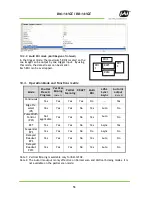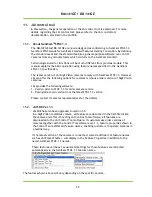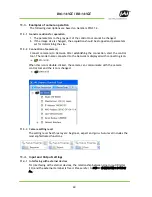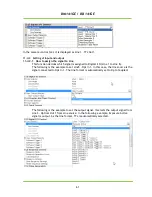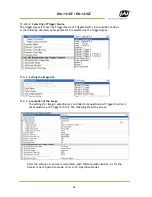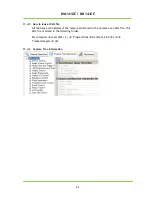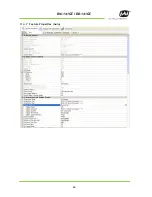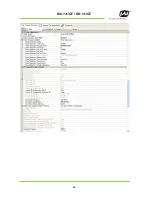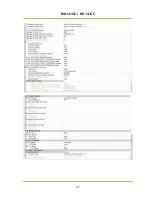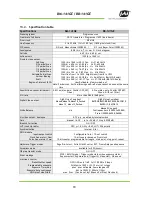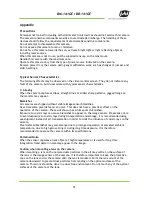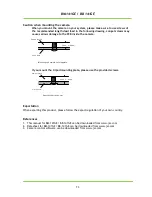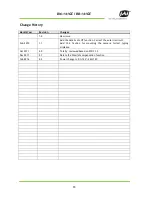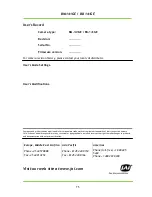
BM-141GE / BB-141GE
72
Appendix
Precautions
Personnel not trained in dealing with similar electronic devices should not service this camera.
The camera contains components sensitive to electrostatic discharge. The handling of these
devices should follow the requirements of electrostatic sensitive components.
Do not attempt to disassemble this camera.
Do not expose this camera to rain or moisture.
Do not face this camera towards the sun, extreme bright light or light reflecting objects,
including laser sources.
When this camera is not in use, put the supplied lens cap on the lens mount.
Handle this camera with the maximum care.
Operate this camera only from the type of power source indicated on the camera.
Remove power from the camera during any modification work, such as changes of jumper and
switch settings.
Typical Sensor Characteristics
The following effects may be observed on the video monitor screen. They do not indicate any
fault of the camera, but do associate with typical sensor characteristics.
V. Aliasing
When the camera captures stripes, straight lines or similar sharp patterns, jagged image on
the monitor may appear.
Blemishes
All cameras are shipped without visible image sensor blemishes.
Over time some pixel defects can occur. This does not have a practical effect on the
operation of the camera. These will show up as white spots (blemishes).
Exposure to cosmic rays can cause blemishes to appear on the image sensor. Please take care
to avoid exposure to cosmic rays during transportation and storage. It is recommended using
sea shipment instead of air transportation in order to limit the influence of cosmic rays on the
camera.
Pixel defects/blemishes may also emerge due to prolonged operation at elevated ambient
temperature, due to high gain setting or during long time exposure. It is therefore
recommended to operate the camera within its specifications.
Patterned Noise
When the sensor captures a dark object at high temperature or is used for long time
integration, fixed pattern noise may appear in the image.
Caution when mounting a lens on the camera
When mounting a lens on the camera dusts particles in the air may settle on the surface of
the lens or the image sensor of the camera. It is therefore important to keep the protective
caps on the lens and on the camera until the lens is mounted. Point the lens mount of the
camera downward to prevent dust particles from landing on the optical surfaces of the
camera. This work should be done in a dust free environment. Do not touch any of the optical
surfaces of the camera or the lens.

